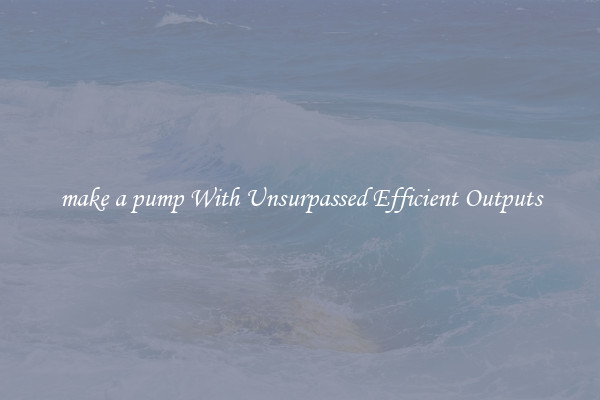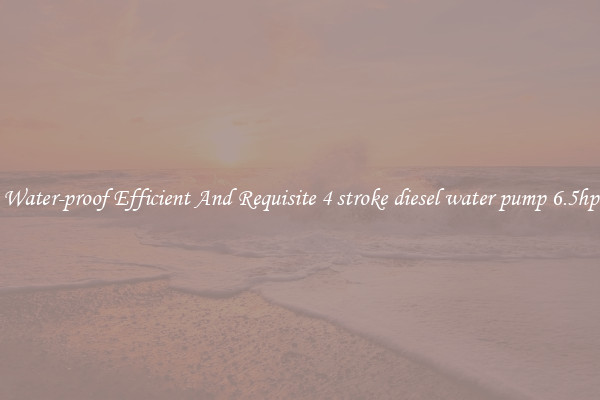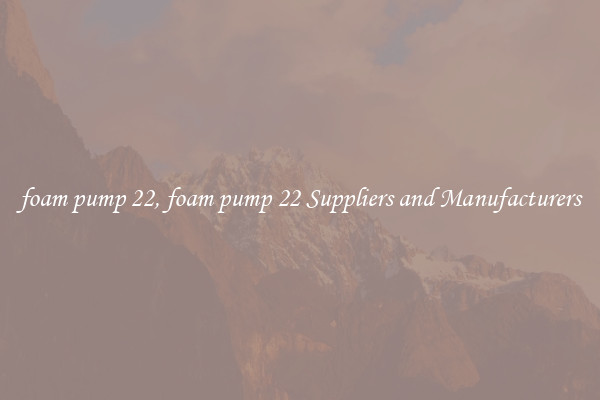make a pump With Unsurpassed Efficient Outputs
If you have ever faced the daunting task of pumping water out of a flooded area or need an efficient solution for irrigation purposes, then you understand the importance of having a pump with unsurpassed efficiency. A high-performing pump can save you valuable time, effort, and resources, making it an essential tool in various settings. In this article, we will discuss how to create a pump with unmatched efficiency.

The first step in building a pump with exceptional outputs is selecting the right components. Understanding the requirements of your pumping needs is crucial in determining the appropriate pump size and specifications. Consider factors such as the desired flow rate, the lift height, and the distance the water needs to be transported.
Once you have determined your requirements, it is time to gather the necessary materials. You will need a water-resistant motor, a centrifugal pump or turbine, piping, and an electric power source. It is vital to choose materials that can withstand the forces exerted during operation, ensuring the pump's longevity.
Next, assemble the components carefully. Install the motor securely, ensuring proper alignment with the pump. Connect the pump housing to the motor, ensuring a tight seal. Remember to attach the appropriate impeller to the shaft of the pump. The impeller's size and design will determine the pump's flow rate and ability to move water efficiently.
After assembling the pump, connect the piping system. Ensure that the pipes have the correct diameter and that they are free from any obstructions that could hinder the flow of water. Properly adjust the valves and fittings to avoid any leakage or pressure loss.
Now, it's time to connect the electric power source to the motor. Double-check all electrical connections and ensure that they are secure. Be cautious and follow all electrical safety guidelines to prevent any accidents during the setup process.
Finally, test the pump to gauge its efficiency. Fill the pump with water and start it up, monitoring the water flow and pressure levels. Adjust the impeller's position if necessary to optimize performance. Take note of the pump's energy consumption and compare it to the amount of water it is moving. A pump with unsurpassed efficiency will deliver a high flow rate while consuming minimal power.
In conclusion, building a pump with exceptional outputs requires careful planning and selection of components. By understanding your pumping requirements and following the proper assembly and testing process, you can create a pump that delivers outstanding efficiency, saving you valuable time and resources in various applications.

View details

View details

View details

View details








